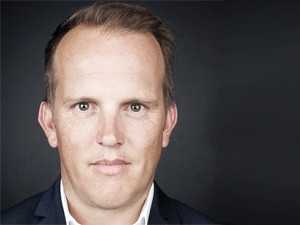
In 2015, there are going to be fundamental changes across the IT industry, driven by end-users demanding continual access to data and applications, with recovery times of minutes, not hours and days.
So says Warren Olivier, regional manager of Southern Africa at Veeam Software, who notes, with users demanding unlimited access to content anywhere, anytime, the pressure being placed on today's IT infrastructure has increased.
He points out the always-on business will become the norm across the globe - the demand for content access immediacy will accelerate as device innovation progresses and the roll-out and proliferation of higher-speed networks like 4G LTE and 5G continues.
Olivier believes business users will have even more aggressive requirements for ubiquitous access to applications and data than consumers, and this pressure will drive IT leaders to re-think their availability models.
He is of the view that network agility and reliability will come under the spotlight as virtualisation continues to gather momentum - but availability will become a strategic concern to business leaders.
Recovery time or point objectives of all data and applications will no longer take days or hours, says Olivier. Instead, IT will be expected to deliver recovery time and point objectives of minutes, he explains.
The move to the always-on business will gather momentum, says Olivier. Companies that embrace this will flourish, but some organisations will fail to recognise this and may experience a number of high-profile availability disasters in the next 12 months, he adds.
According to Olivier, data volumes will continue to explode over the next few years - as much as 400 zettabytes by 2018.
"This data explosion is characterised by the Internet of things, with analysts predicting that by 2020 there will be 26 billion connected devices generating and consuming data."
Olivier says, regardless of where data is generated, businesses are investing heavily in data storage, analysis and retrieval.
He believes organisations will make new investments and leverage existing modern data centres to manage their exploding data footprint during 2015.
Because the trend will gather momentum - having a strategy for data classification will be vital over the next 12 to 24 months, says Olivier. It will be up to business leaders to determine what data to keep and what to discard; what data is appropriate for cloud storage and what to keep on-premises, he adds.
Moreover, 2015 will be the year in which cloud continues to grow, with disaster recovery in the cloud moving from early adopters to early majority, but overall, cloud will begin to coalesce, concludes Olivier.
Share